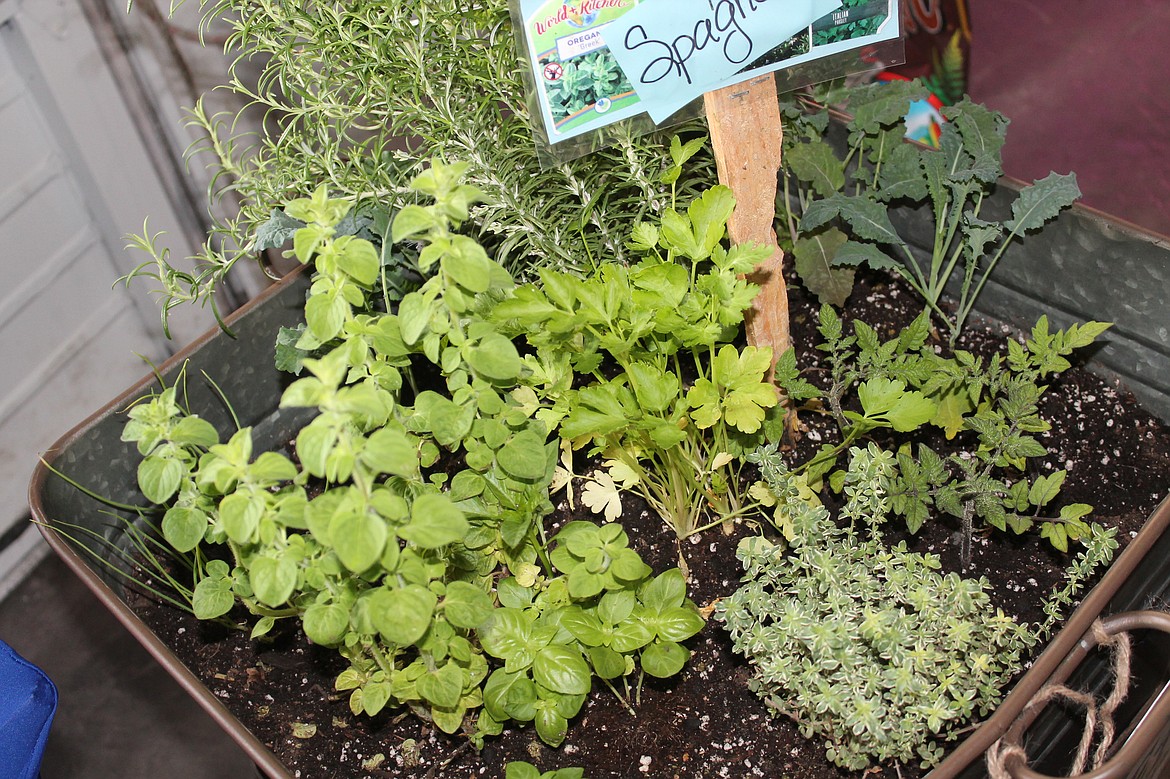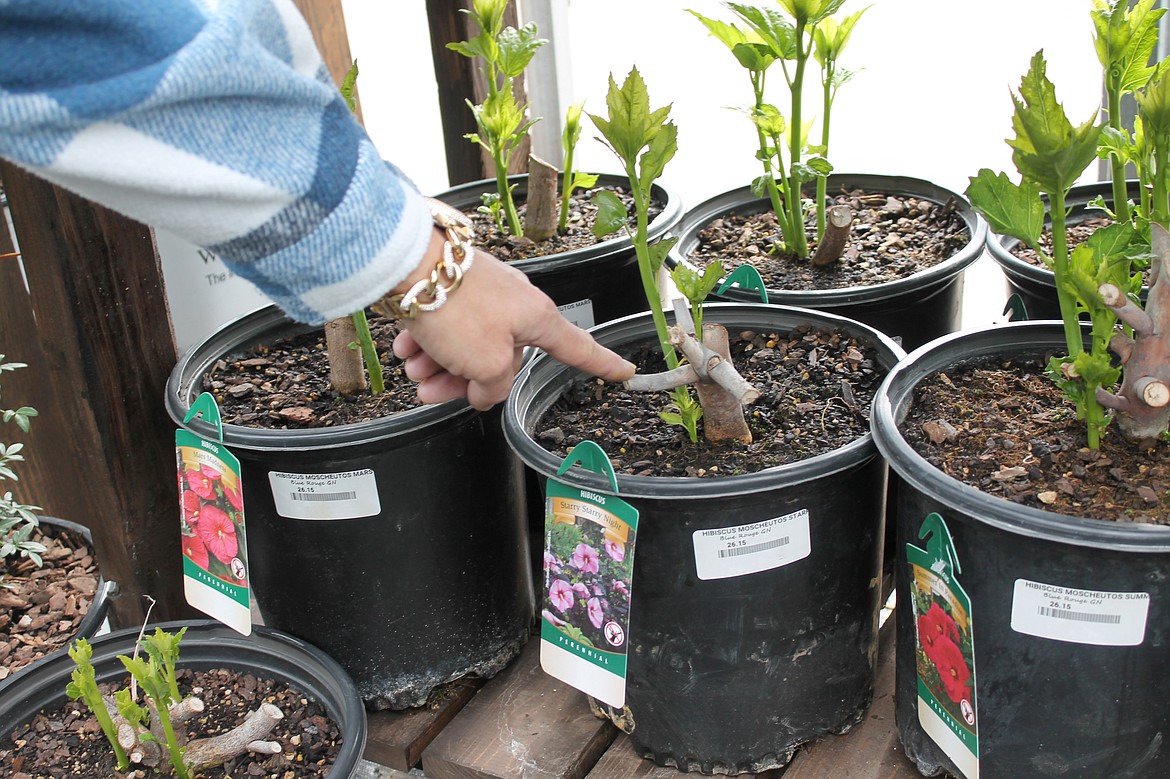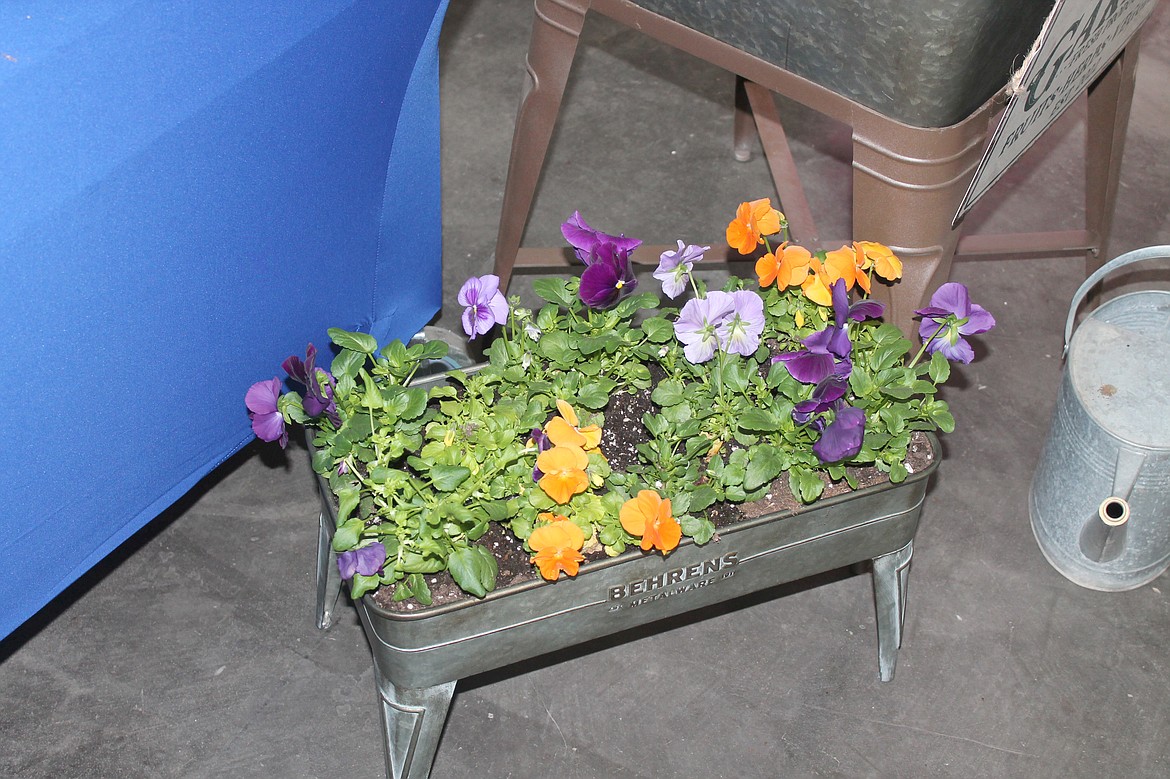Starting a garden from scratch
MOSES LAKE — So you have some lawn just sitting there in the sun. Maybe the kids are too old to play in the backyard, or maybe you knocked down a shed or sold the car that had been sitting there forever. Whatever the reason, you’d like to put it to good use and raise some veggies. How do you start?
Become a Subscriber!
You have read all of your free articles this month. Select a plan below to start your subscription today.
Already a subscriber? Login






